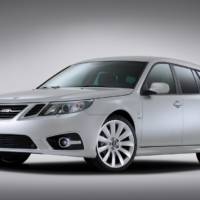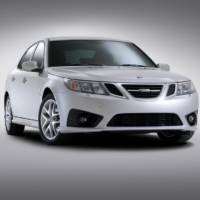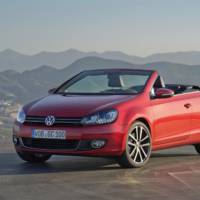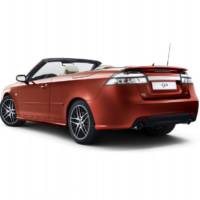The Swedish automaker has revealed the 2012 Saab 9-3, with preliminary photos and details offered ahead of the Geneva debut.
The 2012 Saab 9-3 replaces the current Saloon, SportWagon, Convertible and 9-3X version, which changes applied to the front bumper and headlamps plus a series of interior enhancements which include a revised instrument panel, seat upholstery and cabin decor.
The new 2012 Saab 9-3 also gets a new 2.0-litre direct-injection petrol engine with variable valve timing and twin scroll turbocharging which produces either 163 HP or 220 HP and helps reduce consumption andCO2emissions across the range with around 4 percent.
The previous engine range has also been optimized, so the old 130/150/180 HP TTiD units are now also cleaner and more efficient.
On the 2012 Saab 9-3 SportWagon the TTiD now develops 180 horses and 119 grams of CO2 per Km.
The 2012 Saab 9-3 price was not announced yet.
Saab press release :
* Saab 9-3 MY12 range replaces current 9-3 offer
* Refreshed exterior and interior styling
* 9-3 SportWagon TTiD now gives exceptional 119g CO2/km and up to 180 hp, making it the most powerful zero VED estate car available
* New direct injection petrol engines give more power and 4% average reduction fuel consumption/CO2
Trollhättan, Sweden: The new Saab 9-3 MY12 range, announced today, features refreshed exterior and interior styling, backed by a more powerful, fuel-efficient engine range.
Replacing the current Saloon, SportWagon, Convertible and 9-3X specifications, the 9-3 MY12 range is distinguished by new front bumpers and signature Saab ‘ice block’ headlamps. Inside, the instrument panel, cabin décor and seat upholstery are all given a fresh look. Two specifications are offered in the UK, SE and Aero.
Under the bonnet, new 2.0-litre petrol engines give 163hp and 220 hp and include direct injection, variable valve timing and twin scroll turbocharging. Combined cycle fuel consumption and CO2 emissions are reduced on average by 4% across the range.
Externally, the 9-3 MY12 range adopts the ‘ice block’ headlamp effect introduced on the new 9-5 Saloon. Inspired by the Aero X concept car, the units have a distinctive blue/green hue in daylight. The grille also features a more prominent, wing-shaped central bar carrying the SAAB wordmark, again like the 9-5 Saloon.
Re-profiled front bumpers include a deep, trapezoidal air intake finished with black, ribbed bars, or a mesh insert for Aero variants. Front fog lamps are fitted as standard, with Aero models featuring a matt chrome surround.
At the rear, the SAAB wordmark replaces badging on the chrome trim and all Saloon variants receive a trunk-mounted aerodynamic spoiler. New 17- inch and 18-inch wheel designs are also offered on SE and Aero respectively.
The cabin also receives a makeover. Titanium metallic-effect trim is introduced around the instrument panel, gearshift molding, doors and glove box, and as an option for the instrument panel fascia. The Aero interior features a graphite fibre-effect for all these items, including the fascia.
SE models are fitted with Leather appointed comfort seats, while Aero models features new Leather sports seats with contrasting stitching, inspired by the Aero X concept car.
In both specifications, a useful storage pocket for small items is fitted to the side of the front seatbacks.
More power, lower fuel consumption and emissions
Further fine tuning for 9-3 MY12 SportWagon fitted with 130/160/180 hp TTiD engines has further improved CO2 emissions and fuel consumption to 119 g/km and 62.8mpg, respectively, over the combined cycle. Like the Saloon, the 180 hp SportWagon clearly leads its class in terms of low CO2 emissions and fuel consumption per unit of horsepower, making it the most powerful zero VED estate car available.
More efficient petrol engines deliver an average combined cycle improvement of 4% in fuel consumption and CO2 emissions. This is in addition to a 10 hp increase over the current 210 hp top-of-the-line offer. With power ratings of 163 hp (120 kW)/ 320 Nm and 220 hp (162 kW)/ 350 Nm, both new engines are available with front-wheel drive and XWD, Saab’s advanced all-wheel-drive system.
The use of variable valve timing and direct injection improves fuel consumption, emissions and performance. Hydraulically operated vane-type cam phasers enable both the inlet and exhaust valve timing to be adjusted independently, according to varying engine speed and load. The many benefits include a broader spread of torque, higher maximum power and improved fuel consumption.
Direct injection delivers fuel under high pressure directly into the combustion chamber. This enables the separation of air and fuel delivery, allowing improved scavenging of the combustion chamber to give substantially more low-end torque and reduced engine knocking.
A twin-scroll turbocharger is also used, which virtually eliminates turbo lag at low engine speeds. Each scroll on the turbine is fed by a separate exhaust passage from a pair of cylinders, enabling a throttle response comparable to that of a naturally-aspirated engine. Other features include twin counter-rotating balance shafts for smooth running and a forged steel crankshaft for added strength.
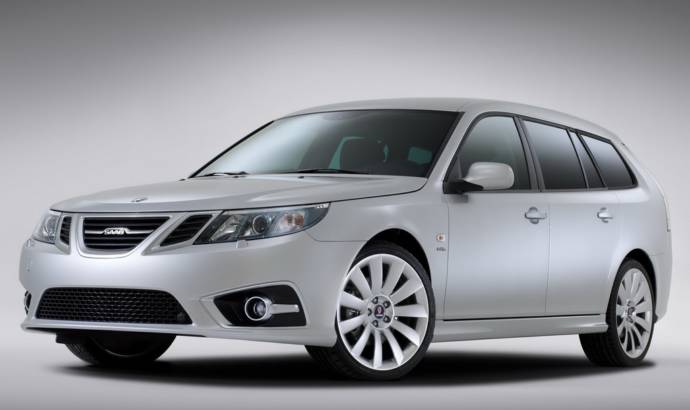
23 Feb 2011
0

